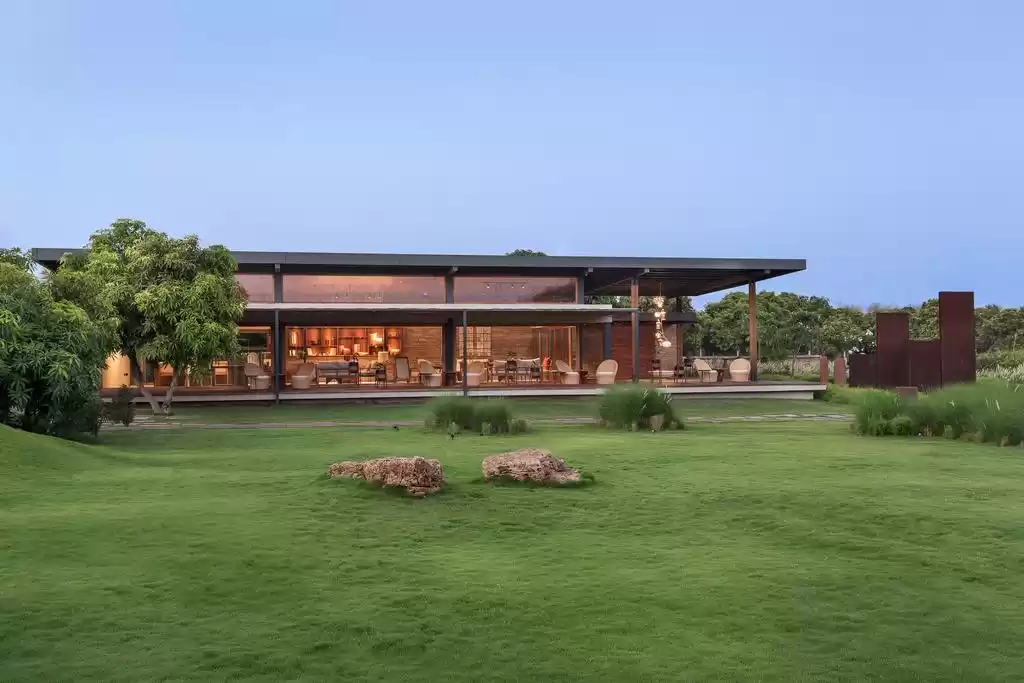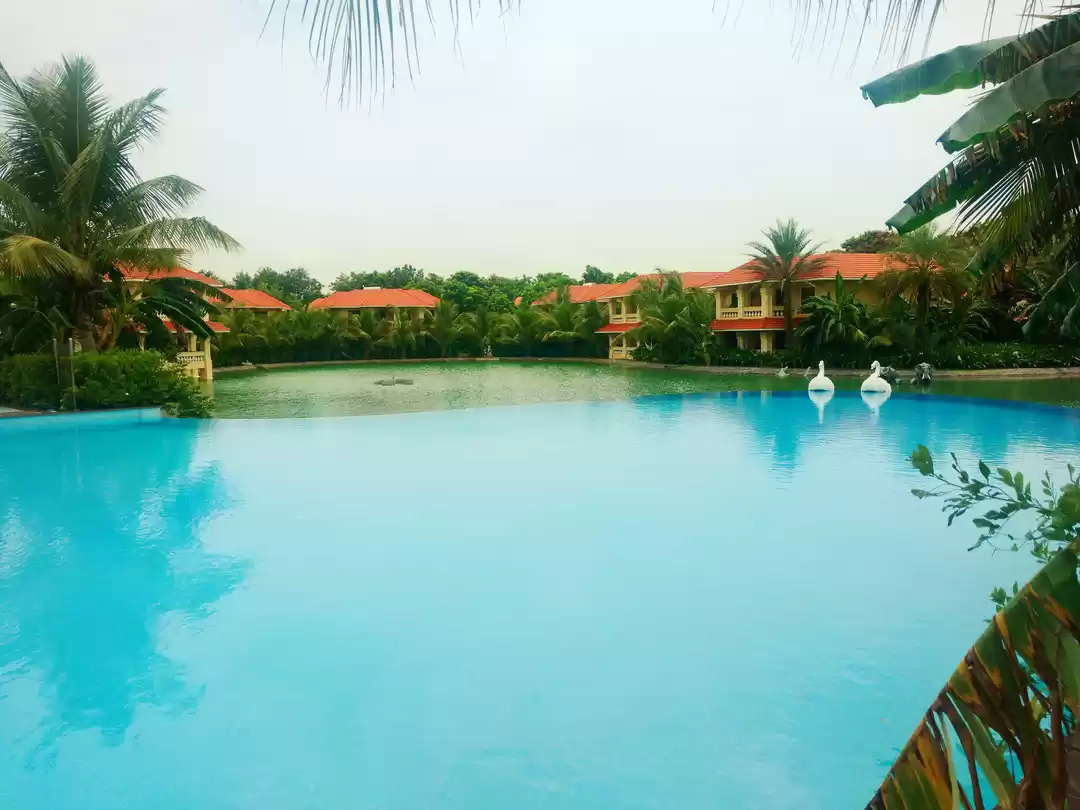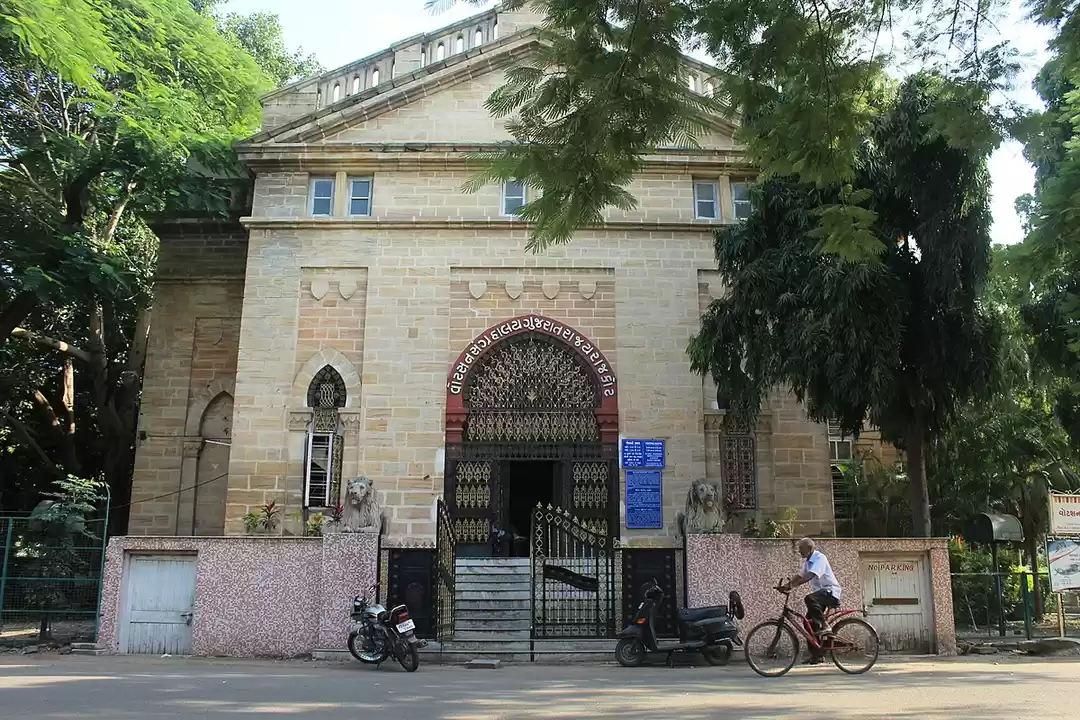Sasan Gir Tourism and Travel Guide
The Gir Forest National Park and Wildlife Sanctuary (also known as Sasan-Gir, and गिर वन) is a forest and wildlife sanctuary in Gujarat, India. Established in 1965, with a total area of 1,412 km2 (545 sq mi) (about 258 km2 (100 sq mi) for the fully protected area the national park and 1,153 km2 (445 sq mi) for the Sanctuary), the park is located 43 km (27 mi) north-east of Somnath, 65 km (40 mi) south-east of Junagadh and 60 km (37 mi) south-west of Amreli.It is the sole home of the Asiatic lions (Panthera leo persica) and is considered to be one of the most important protected areas in Asia due to its supported species. The ecosystem of Gir, with its diverse flora and fauna, is protected as a result of the efforts of the government forest department, wildlife activists and NGOs. The forest area of Gir were the hunting grounds of the Nawabs of Junagadh. However, faced with a drastic drop in the lion population in Gir, Nawab Sir Muhammad Rasul Khanji Babi declared Gir as a 'protected' area in 1900. His son, Nawab Muhammad Mahabat Khan III later assisted in the conservation of the lions whose population had plummeted to only 20 through slaughter for trophy hunting.The 14th Asiatic Lion Census 2015 was conducted in May 2015. In 2015, the population has been 523 (27% up compared to previous census in 2010). The population was 411 in 2010 and 359 in 2005. The population of lions in Junagadh District has been 268, Gir Somnath District has been 44, Amreli District has been 174 (highest increase) and Bhavangar District has been 37. There are 109 males, 201 females and 213 young/cubs.


















